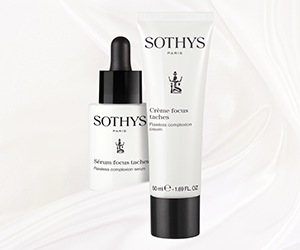
What it is:
Turmeric is a herbaceous perennial plant of the ginger family (Zingiberaceae). The name ‘turmeric’ is derived from the Latin terra merita, meaning merited earth.
Where it’s from:
Turmeric grows wild in the forests of Southern Asia, including India, Indonesia and Indochina. It is also found in nearby Asian countries and on some Pacific Islands including Hawaii.
Where it’s produced:
India and Pakistan are the primary producers of turmeric, but it is also grown in China and Indonesia.
What it tastes and looks like:
This perennial plant has dark, brownish roots and has a deep orange colour inside. It has a peculiar fragrant odour and a bitter, slightly acrid taste, similar to ginger.
How to eat/use it:
Turmeric has been used for more than 4 000 years for both medicinal and nutritional properties. It is eaten as a food both raw and cooked throughout Asia. While the turmeric root looks similar to ginger, it is more chewable, crunchy and succulent. Traditional methods include mashing or grinding it into a mortar to make a paste, which is then used with other spices for flavouring. Today it is mostly used as a dried root powder.
A good source of:
Essential vitamins and nutrients including vitamin C, vitamin B, calcium, manganese, phosphorous, potassium, zinc and other phytonutrients. It is widely known that turmeric is a promising preventive agent for a wide range of diseases, due largely to its anti-inflammatory properties.
Benefits:
Turmeric aids your body in a number of ways – it supports your immune system, helps to improve digestion, promotes healthy blood and liver functions and helps to cleanse your skin while also providing nourishment. According to recent studies, the main component found in turmeric – curcumin – could inhibit the growth of certain cancers, while also aiding in stomach ulcers, osteoarthritis, heart disease and other bacterial and viral infections.
Some homeopaths also believe because of it’s anti-inflammatory properties it can be used to treat Acne. The curcumin helps to reduce the inflammation, swelling, redness, and pain while its antiseptic properties remove the deposition of bacterial infection in the skin pores.
You could try these recipes:
Turmeric with Olive Oil and Black Pepper: Mix 1 teaspoon of turmeric powder, 1 teaspoon of olive oil, and a dash of black pepper. Consume daily with a small amount of water.
Turmeric with Mint, Nutmeg, and Basil: Mix ½ teaspoon each of turmeric powder, mint juice, nutmeg, and basil juice to make a paste. Apply the paste on affected areas and leave it on for 15 minutes, and then rinse with water. Repeat daily.
But if you prefer getting your daily dose of turmeric in a more palatable way, try a pinch with scrambled eggs, or toss with roasted or sautéed vegetables, or use it to make the local classic yellow rice, or blend it with carrots and ginger for a smoothie.





5 Responses
Apart from these amazing tips you can also use tumeric to lighten acne marks and scars, use gram flour milk and a pinch of tumeric and apply leave on until dry and wash off
Turmeric also has healing properties! I use it in my meat products or sometimes in tea.
Very informative, I had no idea that you could use turmeric to boost your immune system. I can’t wait to try it.
Apart from the fantastic health benefits of turmeric, it also adds a beautiful color to food.
Turmeric Powder(dried)is used in my daily Culinary Cuisine.